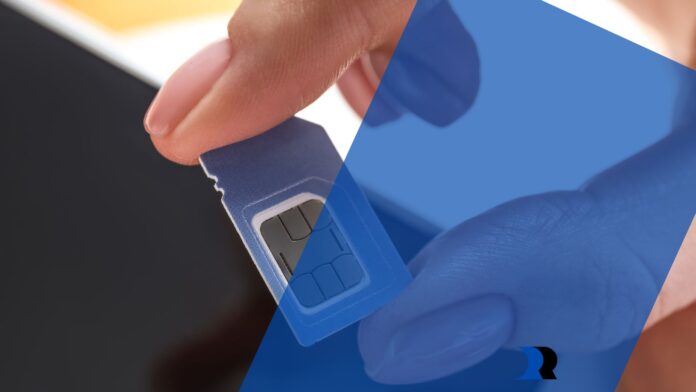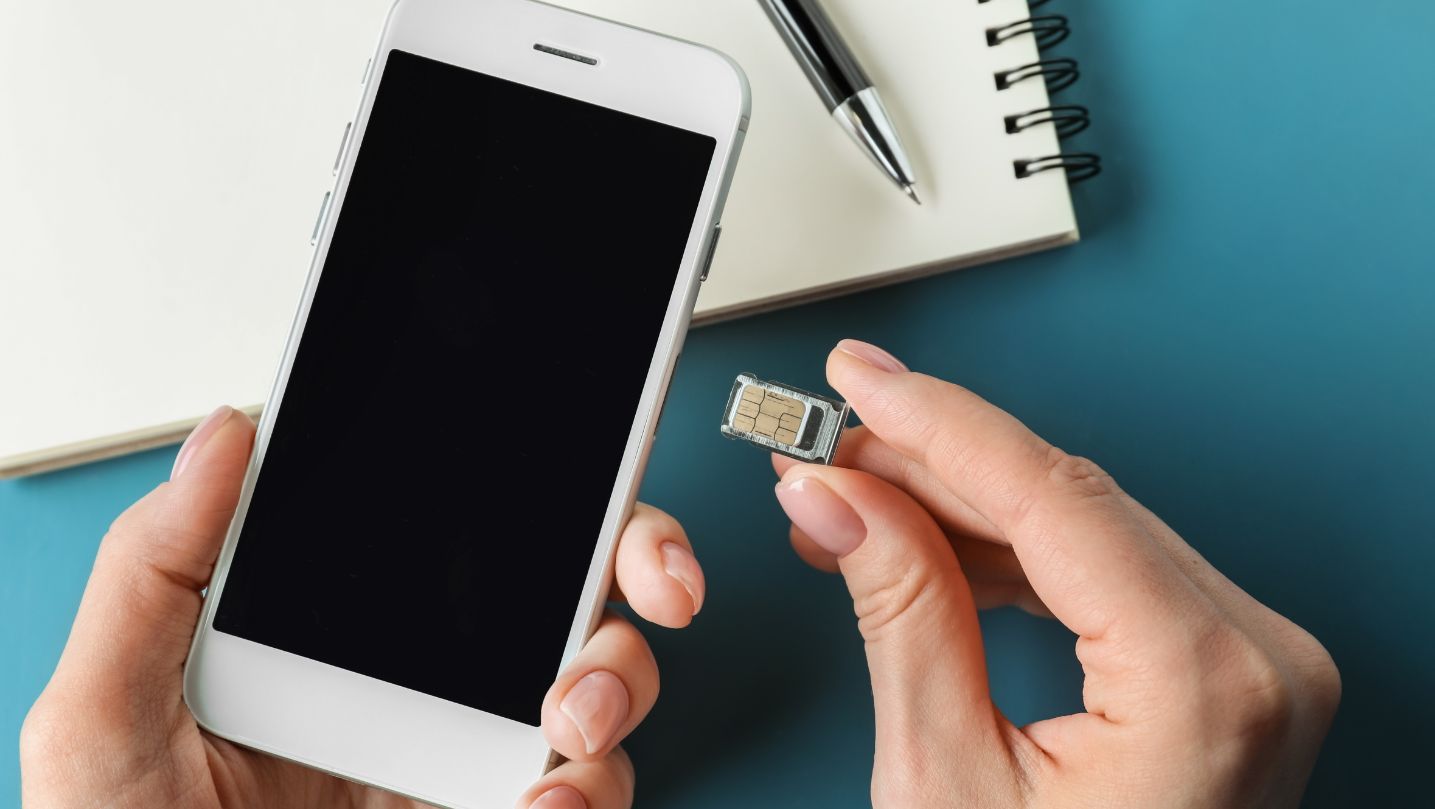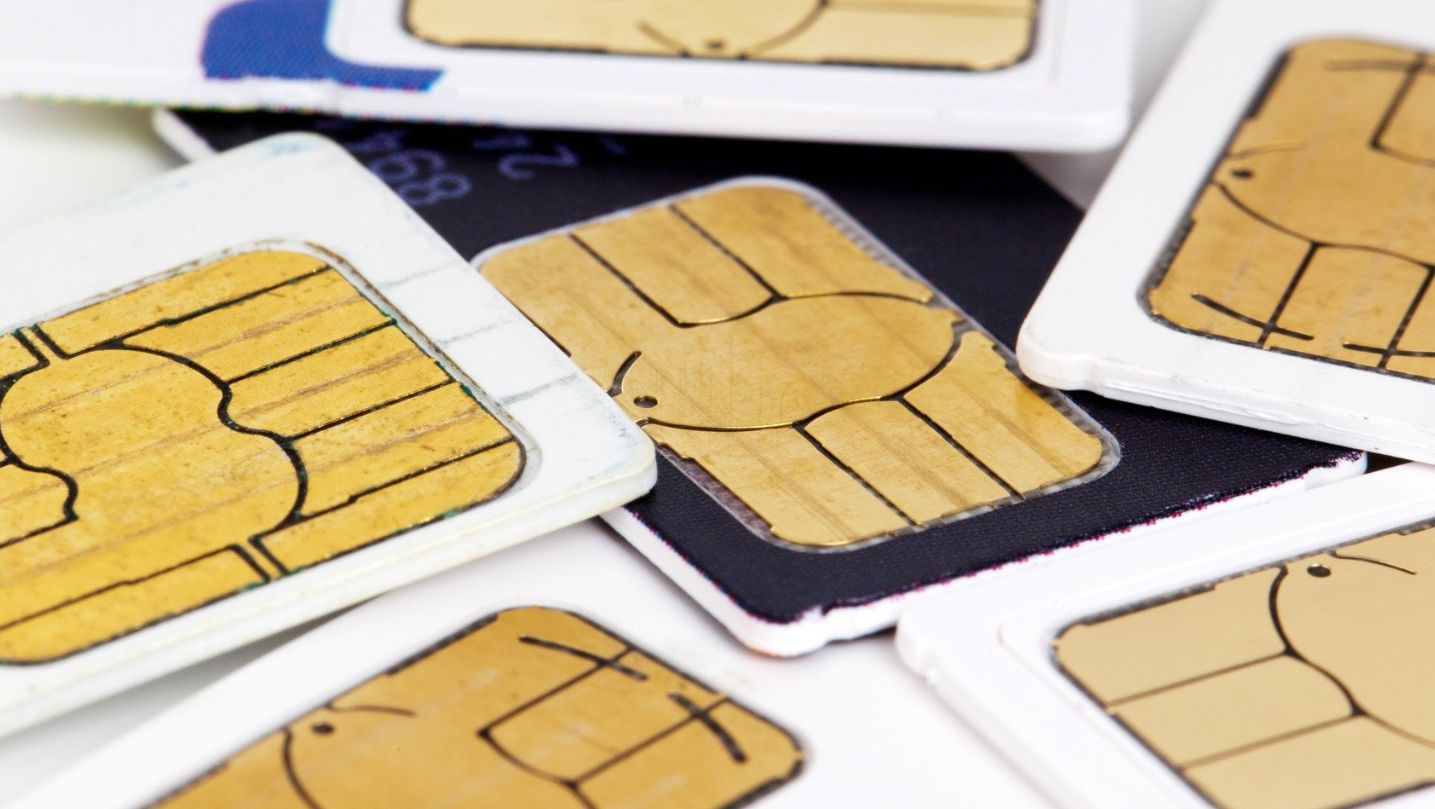Japan is a dream destination for backpackers, offering a perfect blend of tradition and modernity. From the neon-lit streets of Tokyo to the serene temples of Kyoto, every corner of the country offers a new adventure. However, staying connected while navigating unfamiliar cities and rural landscapes can be challenging. Traditional SIM cards and pocket Wi-Fi devices often have limitations that may disrupt the travel experience. This guide explores why an eSIM for Japan is the ideal solution for seamless connectivity during a backpacking trip.
Effortless Connectivity from the Moment You Land
With an eSIM, backpackers can activate their mobile data as soon as they land in Japan, eliminating the need to hunt for a SIM card kiosk or free Wi-Fi. Instead of dealing with language barriers at stores or waiting in long lines, they can simply scan a QR code and connect instantly.
Since many train stations and rural areas have limited English signage, a stable internet connection ensures that travelers don’t get lost or stranded. Nomad provides eSIM solutions designed specifically for Japan, making it easy for backpackers to focus on their journey instead of worrying about connectivity issues.
No Need to Swap Physical SIM Cards
Unlike traditional SIM cards that require swapping, storing, or cutting to fit different phone models, an eSIM works digitally. This means travelers don’t have to fumble with tiny SIM trays or risk losing their primary SIM while switching between networks.
For those who need to stay connected to their home number while traveling, an eSIM allows dual connectivity, meaning they can receive important calls or messages without interruption. Since Japan’s public payphones are rare and international roaming charges can be expensive, having an uninterrupted connection is a significant advantage.
Cost-Effective Alternative to Pocket Wi-Fi
Many travelers consider renting a pocket Wi-Fi device to stay connected, but these devices often come with hidden costs. Rental fees, security deposits, and potential late return penalties can quickly add up. Additionally, carrying an extra gadget means worrying about battery life and the hassle of recharging yet another device.
With an eSIM, there are no extra accessories to carry, and the cost is typically lower than renting pocket Wi-Fi for an extended trip. Backpackers can choose data plans that match their usage needs without committing to unnecessary expenses.
Reliable Coverage in Urban and Rural Areas
Japan’s urban centers boast excellent connectivity, but network coverage can be a concern for those venturing into rural areas. Not all SIM providers offer strong signals in the countryside, where many of Japan’s scenic destinations, hiking trails, and historical sites are located. eSIMs often provide access to major carriers, ensuring broader coverage across cityscapes and remote areas.
A stable connection while trekking in the Japanese Alps or exploring the lesser-known temples in Nara can be a game-changer. It allows travelers to access offline maps, emergency contacts, and translation tools, ensuring a safer and more convenient experience.
Easy Plan Customization and Data Management
Backpackers often have unpredictable data usage—some days may require heavy internet use for work, streaming, or navigation, while others may need minimal connectivity. eSIM plans offer flexible options, allowing users to choose daily, weekly, or monthly packages based on their itinerary.
Additionally, monitoring data usage is straightforward, helping travelers avoid unexpected overages. Many eSIM providers offer user-friendly apps where backpackers can check their remaining balance, top up data, or switch plans without hassle.
Eco-Friendly and Hassle-Free Travel
Backpacking is often about traveling light, embracing minimalism, and making sustainable choices. eSIMs contribute to a more eco-friendly travel experience by reducing the need for plastic SIM cards and packaging. Unlike physical SIMs that require shipping or in-store purchases, eSIMs are entirely digital, minimizing waste and reducing the carbon footprint associated with travel.
Beyond sustainability, the convenience of not carrying extra accessories makes backpacking smoother. With fewer things to worry about—no misplaced SIMs, no extra devices, no paperwork—travelers can focus on making the most of their Japanese adventure.
Secure and Private Internet Access
Public Wi-Fi is available in many places in Japan but often comes with security risks. Unsecured networks in cafes, train stations, and hotels can leave travelers vulnerable to cyber threats, such as data theft or hacking attempts. Using an eSIM ensures a private and encrypted connection, reducing the chances of personal information being compromised.
A secure mobile network is essential for digital nomads or travelers who handle sensitive data. Whether logging into online banking, booking flights, or working remotely, an eSIM provides a reliable way to stay connected without relying on risky public networks.
Backpacking in Japan is an unforgettable experience filled with vibrant cities, breathtaking landscapes, and rich cultural encounters. Connecting enhances the journey, making navigation, communication, and research more convenient. Unlike traditional SIM cards or pocket Wi-Fi, an eSIM offers instant activation, cost-effective plans, reliable coverage, and enhanced security. It simplifies travel by removing the hassle of physical SIM swapping and additional accessories.




